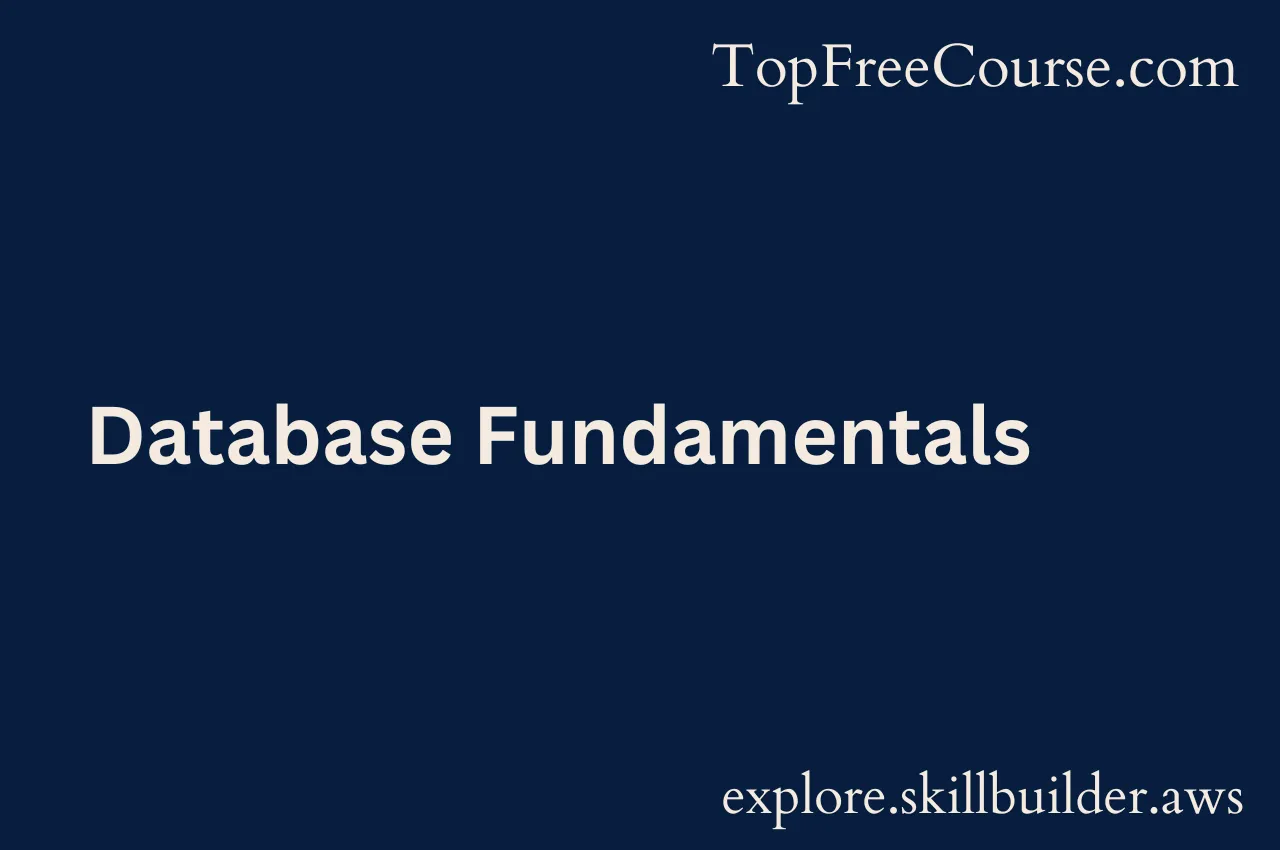What Will You Learn?
This free course is designed to help Database Administrators, Business Leaders, Data Engineers, and System Operations Engineers who are new to the AWS Cloud and learn database fundamentals. The digital training included in this Learning Plan will expose you to both both relational and nonrelational databases. This course can also help prepare you for the AWS Certified Database - Specialty certification exam.
About This Course
Provider: AWS Training And Certification
Format: Online
Duration: 28 hours to complete [Approx]
Target Audience: Beginners
Learning Objectives: You will be proficient in designing, implementing, and managing relational databases, ensuring effective data organization and retrieval after completing this free course.
Course Prerequisites: NA
Assessment and Certification: NA
Instructor: AWS Training And Certification
Key Topics: Database, Database Administration, AWS Cloud, AWS Database
Topic Covered:
- - Introduction
- - Moving to Managed Databases on AWS
- - Migrating from Microsoft SQL Server to Amazon RDS
- - Migrating from Oracle to Amazon RDS
- - Migrating from MySQL to Amazon RDS
- - Migrating from PostgreSQL to Amazon RDS
- - Migrating from Apache Cassandra to Amazon Keyspaces
- - Migrating from Redis to Amazon ElastiCache
- - Nature of Data
- - Relational Databases
- - Non-relational Databases
- - Database Migration
- - Server-based Architectures
- - Serverless Architectures
- - Purpose-built Databases
- - Getting Started with Purpose-Built Databases
- - High Performance and Scale with Amazon DynamoDB
- - Caching for High-Volume Workloads with Amazon ElastiCache
- - Graph Relationships with Amazon Neptune
- - Document Storage with Amazon DocumentDB
- - Amazon DynamoDB Service Primer
- - Amazon ElastiCache Service Introduction
- - Amazon Neptune Service Introduction
- - Exploring the DynamoDB API and the AWS SDK
- - Working with Indexes in DynamoDB
- - Managing Consistency, Capacity, and Performance in DynamoDB
- - Managing DynamoDB Applications at Scale
- - Advanced Monitoring and Optimizing with DynamoDB
- - Architecting Applications and Tables for DynamoDB

Comments